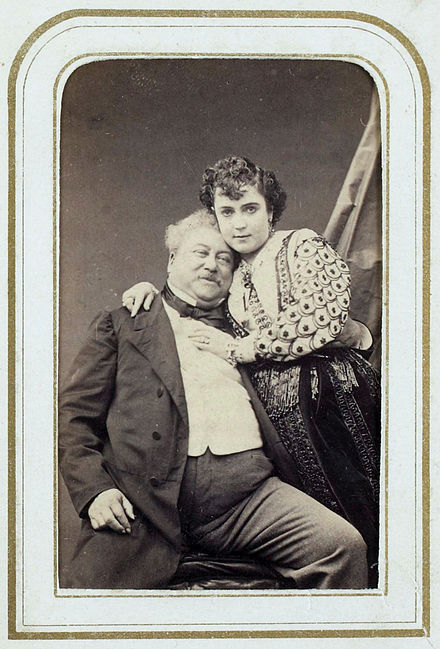Part 6 in what I had originally intended to be four parts
The plot
Or,
Edmond Dantes; If God didn’t want me to do this he’d have killed me by now
Who we are to analyze and revenge ourselves upon in this section: The de Villefort family. Holy Shit. Let’s break this down as best I can.
Monsieur De Villefort Villefort is described in the novel as the type of person who “would sacrifice anything to his ambition, even his own father.” He is primo dick, and not in complimentary way. Throughout the novel, whenever something might threaten his social climbing, he’s ready to destroy it. His initial attack against Dantes is the one most driven by political gain. When Dantès has a letter from the island of Elba, where Napoleon is confined, to be delivered to Villefort’s father, he has Dantès imprisoned in Chateau d’If and personally destroys the evidence. Indirectly, he is responsible for Dantes’ father starving to death.
During Dantès’ fourteen years of imprisonment, Villefort rises to Deputy Minister of France. He has also made a politically advantageous marriage and has one daughter, Valentine. He later takes a second wife and has one son, Edouard. He also has had an affair with a woman who becomes the Baroness Danglars, and Villefort uses his wife’s family mansion (Monte Cristo later purchases this mansion) to conceal his mistress (the woman who will become Madame Danglars) while she is pregnant. When the child is born, Villefort announces that the child is stillborn and takes the child in a box to the garden, where he plans to bury him alive.
Villefort is, by all accounts, the villain of the novel.
Benedetto, the baby in question, is stolen by a smuggler assuming that Villefort is burying treasure and he’s very important to Dantes’ eventual plan.
Monsieur Noirtier Villefort’s father, the Bonapartist that threatens his political rise. He is a sympathetic , all but disabled character with whom only Valentine is able to competently speak. Presumably by the time of the revenge plot he’s had a series of strokes. The attempts of Madam de Villefort to kill her stepdaughter mean there is a poison plot where Nortier attempts to intervene but he is rendered mute by his disease. (Yes, there’s a large poison subplot. Her stepmother thinks if they kill the daughter, who’s set to inherit from her mother’s estate, then everything will revert to them. A disguised Dantes gives her the idea, even. These people just have a lot going on).
Monsieur Noirtier tries to warn about the plots surrounding Valentine because of her pending inheritance. Ultimately without Valentine this family is fucked.
Valentine De Villefort Juliet, aka Romeo and Juliet. We’re going to poison her but it’s okay, she gets to be with her beau in the end because Dantes is going to stop him from killing himself and reveal that the poison is just a sedative.
Valentine, like Edouard, Albert, and Eugenie, represents innocents. People pulled in by the machinations of their evil parents and therefore people whom Dantes identified with and is willing to alter his plans around.
The Morrel family, and the fact that Valentine is in love with Maximilian, represents the ultimate source of goodness for Dantes. By reuniting the lovers and protecting them, he undoes some of the damage done to him when he was the young and innocent one being corrupted by the adults of the novel and separated from his betrothed.
Héloise, the second Madame de Villefort Hates her step kid, really easy to convince that killing her is a dope idea. After a rash of poisonings of anyone that stands in the political way of the family, it becomes obvious that her earlier conversation with the disguised Dantes took. Later, when her husband accuses her of the poisonings and demands that she commit suicide or else face public execution, she poisons both herself and their nine-year-old son.
Edouard ‘s death is the one that Dantes hadn’t forseen. It works outside of his plans and causes him to panic at what he’s done.
Edouard De Villefort The nine-year-old son of the de Villeforts. When they find his body, Dantes panics and tries to revive him, ultimately leaving him for Villefort to find.
Now, let’s get back to the Benedetto kid. The one they try to force Eugenie to marry before she runs away to be a lesbian. The one Dantes dresses up and calls Cavalcanti. All of that is revealed at a trial where Villefort is presiding as head deputy for the state.
Villefort, the social climber, is broken down in and by a court case he presides over that reveals everything he’s done to the public while he watches.
He leaves the trial, flees really, to apologize to his wife and convince her not to kill herself. He’s just as evil as her, after all, and there’s no reputation to protect anymore, except instead he finds her and Edouard dead.
Now, chronologically this doesn’t fit here, but to tie the whole book together, the revenge is complete. Haidee, you remember Haidee? Haidee admits she never seduced Albert very effectively because she’s in love with Monte Cristo. Dantes, who doesn’t really know how to be a normal person anymore, realizes it and speculates on if he’s even capable of being Edmond Dantes anymore. Regardless, with his revenge complete, the children (all but Edouard and Benedetto) on better life paths, and the responsible parties all punished, he decides to try.
He and Haidee sail away together.
And *that* is the plot of the Count of Monte Cristo.






You must be logged in to post a comment.